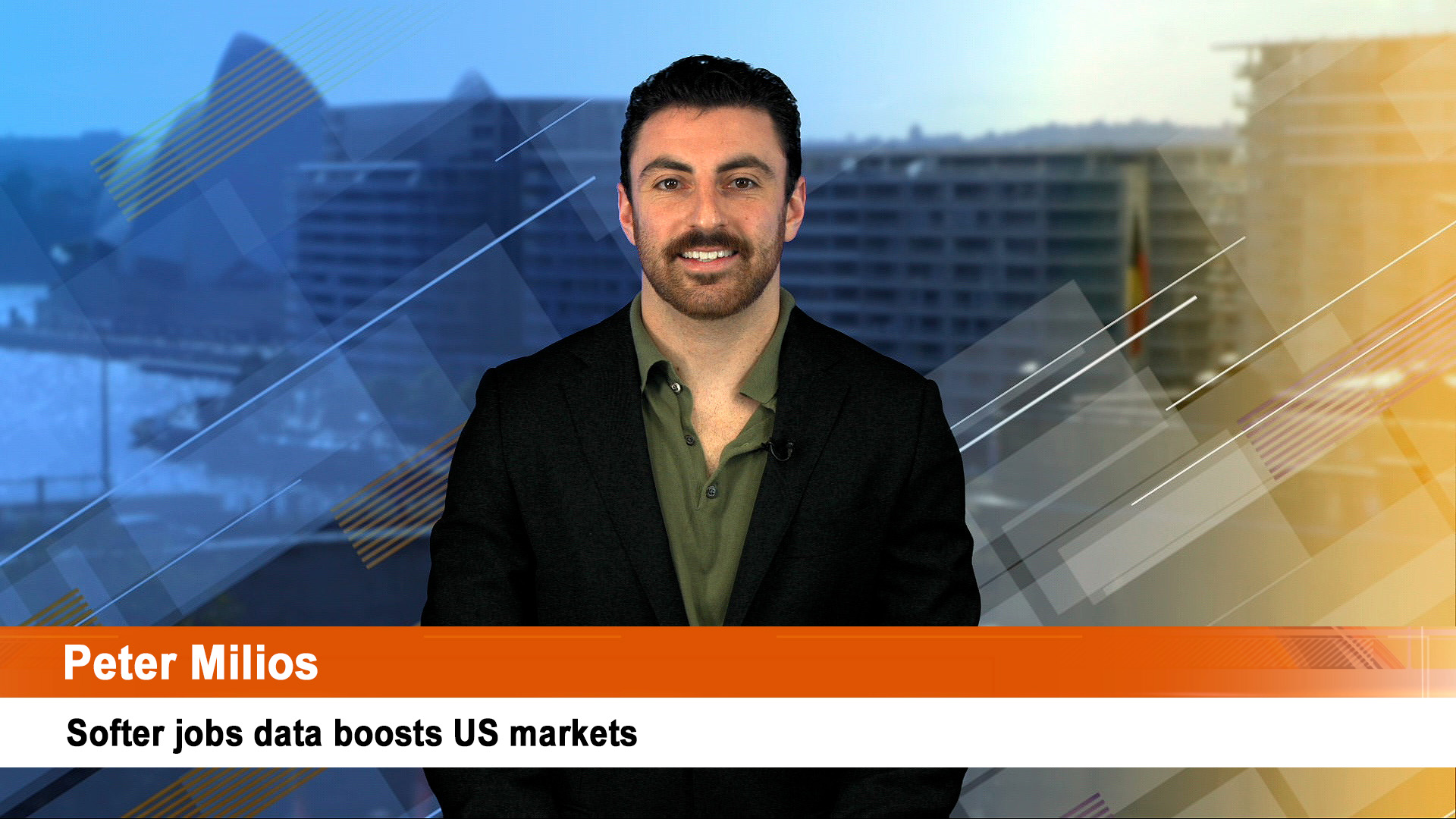On the face of it, a $A71 million bad debt is not a big deal for Macquarie Group but the timing and nature of the loss could hardly be worse for Australia’s premier investment bank, coming just as its big Wall Street rivals are about to report weak December quarter results and a string of job cuts, starting with Goldman Sachs.
Macquarie is reported to be facing the $71 million loss in forex dealings with an Italian construction firm that has gone bad.
Media reports on Tuesday said say Macquarie Group is facing losses of tens of millions of dollars after currency derivatives trades with Italian builder Cimolai went awry.
The companies began entering into foreign-exchange trades with each other in 2017 but the relationship foundered in September when Cimolai failed to make payments tied to the transactions, says a claim lodged by Macquarie in London.
Bloomberg reported yesterday that Macquarie and Cimolai “began entering into foreign-exchange trades with each other in 2017 but the relationship foundered in September when Cimolai failed to make payments tied to the transactions, according to a December 14 claim lodged by the Australian lender in London. The Sydney-based bank cancelled the deals and claims it’s owed a ‘termination payment’ of $49 million.”
“Cimolai has failed to pay to Macquarie the termination payment amount,” according to the bank’s claim. This failure “caused Macquarie a loss in the same sum,” Bloomberg said.
“A growing number of finance firms are pursuing Cimolai for millions of dollars they claim they are owed from derivatives linked to the euro-dollar exchange rate, which fell to its lowest level in about two decades in September.
“The family-owned construction company itself claims to have been battered by about €300 million ($320 million) of losses on the trades — some of which it alleges were sold without the knowledge of its board — and has sought protection from its creditors in Italy.”
“Such a loss could blemish results at Macquarie’s trading business, which has — like its Wall Street rivals — otherwise thrived on the back of global economic instability. The firm generated A$644 million ($445 million) of revenue from trading in foreign exchange, interest rates and credit during the six months through September, a 71% increase on a year earlier, according to company data,” Bloomberg reported.
The size of the loss – $US49 million – not much when you look at the size of Macquarie’s asset base and cash flows, but enough to get analysts interested at a time when the investment banking sector is about to undergo a major downsizing, led by Goldman Sachs (which Macquarie closely resembles) which is about to start sacking 3,200 employees.
Goldman’s cuts are around 6.5% of the 49,100 employees the bank had in October, but it is below the 8% reported last month as the upper end of possible job losses.
Still Reuters said Goldman’s cuts will the largest it has made since the GFC in 2008 and 2009.
The Goldman Sachs cost cutting, though, will quickly become the major influence on the way investors view it and rivals like Macquarie, Moran Stanley, Jeffries, UBS, Credit Suisse (already in deep trouble), Citi and Bank of America.
Other investment banks are adopting a “wait and see” attitude: If revenues are below estimates in February and March, banks will cut more workers.
Friday and into next week will see more evidence of the weak state of Wall Street and global investment banks – Friday sees majors Bank of America, Citi, JPMorgan Chase and Wells Fargo reporting results from their retail and investment banks. Next Tuesday Goldman Sachs and Morgan Stanley are due to report.
Analysts say that the sharp fall in mergers and acquisitions, along with the slide on Wall Street and the rate rises from the US Federal Reserve, will have made earnings for these giants volatile and very weak overall, to the point that we may perhaps see losses in some sectors.
Goldman Sachs 3,200 job cuts is an obvious attempt to get ahead of what will undoubtedly be a terrible quarterly report from the company next week.
The small foreign exchange loss claimed by Macquarie won’t bring the house down around its ears, but it is focusing investor attention on its activities compared to those of its big Wall Street rivals.
Macquarie usually issues a veiled trading update in early February for the December quarter and early weeks of the three months to March which make up its final six months of its 2022-23 financial year.
In November, Macquarie announced a net profit after tax attributable to ordinary shareholders of $A2,305 million for the six months to September 30), up 13% on the half year same period in 2021 but down 13% on the March 2022 half result.













